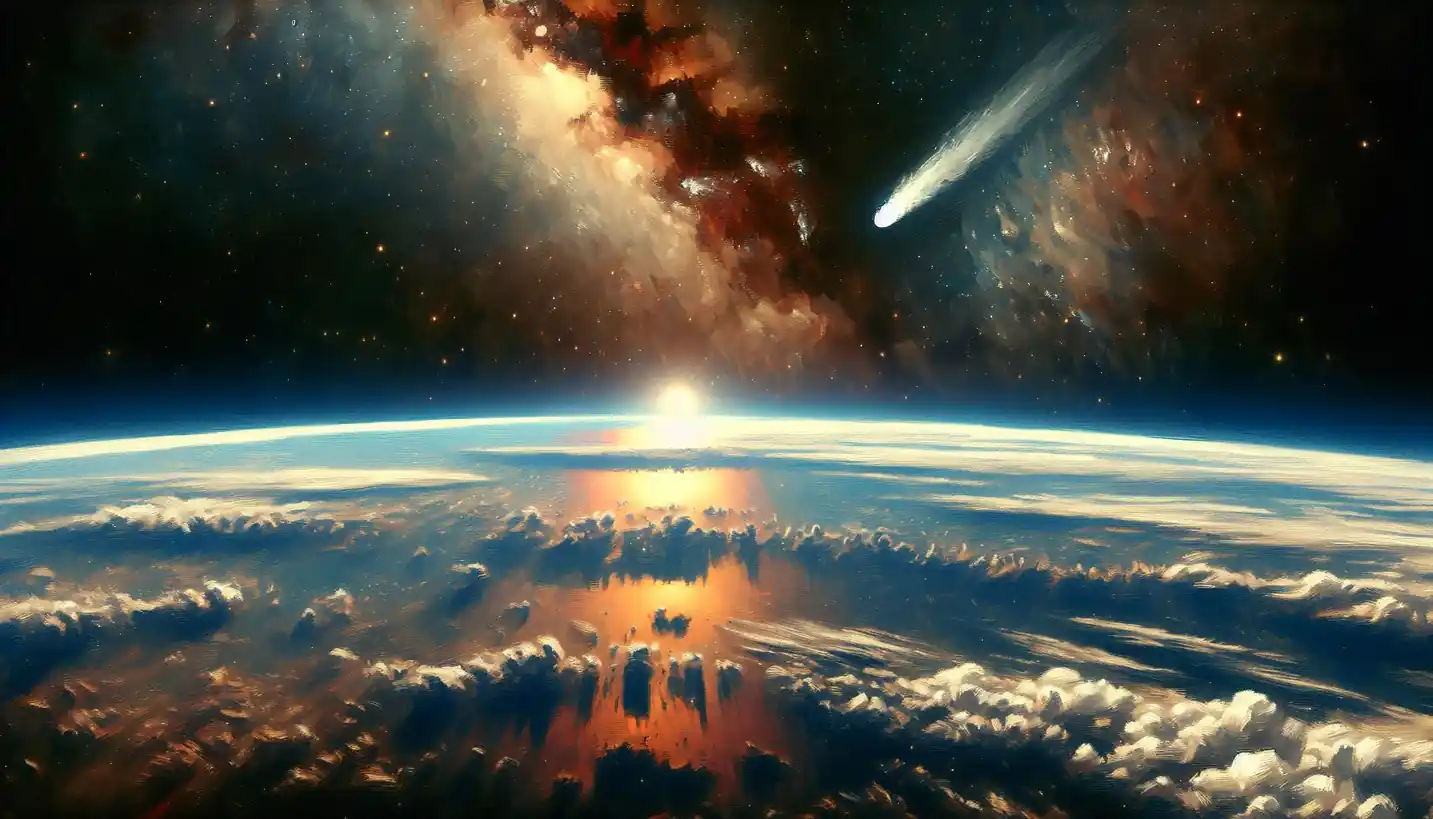· Astronomy · 4 min read
White Dwarf: The Cosmic Embers of the Universe
White dwarfs, the cosmic embers of the universe, are the remnants of stars like our Sun. Learn how these dense objects provide clues to the future of our own star.

Floating through space, white dwarfs are like the ash left over after a star has burned through its fuel. While they may seem small and dim compared to their former selves, these stellar remnants hold fascinating insights into the life cycles of stars and the future of our universe.
What is a White Dwarf?
Picture a star as a dynamic performer on a cosmic stage. Throughout its life, it shines brightly, fueled by nuclear reactions in its core. But what happens when the show’s over? For many stars, the performance ends with the transformation into a white dwarf. These stars have exhausted the hydrogen in their cores, eventually shedding their outer layers and leaving behind a dense, hot core.
The Journey to Becoming a White Dwarf
The road to becoming a white dwarf begins with the main sequence phase, where stars like our Sun spend most of their lives. In this stage, they fuse hydrogen into helium in their cores. Over billions of years, as hydrogen runs low, the star swells into a red giant, expanding far beyond its original size.
In the red giant phase, the star’s core shrinks and heats up, sparking reactions in outer layers and creating heavier elements. Eventually, the outer layers are expelled, leaving a hot core — a white dwarf— shining brilliantly for its modest size.
The Small but Mighty Dwarf
While they might not seem intimidating at first glance, white dwarfs pack a punch. Imagine something the size of Earth but with the mass of the Sun. This incredible density means a spoonful of white dwarf matter would weigh tons.
This density is due to electron degeneracy pressure, a concept from quantum physics. It’s like a crowded party where no more guests can squeeze in. Electrons are packed so tightly that they resist further compression, supporting the star against gravity even without nuclear fuel.
The Cooling Ember
Although white dwarfs no longer undergo nuclear reactions, they’re far from inert. These cosmic embers slowly cool and fade over billions of years, radiating heat left from their glory days. This cooling process is like a dying campfire, gradually losing its glow.
Eventually, white dwarfs are predicted to become black dwarfs, remnants so cool they’re almost invisible. However, the universe isn’t old enough for us to see one yet, making them a fascinating destination in the future timeline of cosmic evolution.
White Dwarf Stars and the Universe’s Fate
White dwarfs play a key role in understanding the universe’s life span. By studying them, astronomers gain insights into star evolution and the chemical enrichment of galaxies. These stellar remnants are also laboratories for testing theories of physics under extreme conditions.
Furthermore, white dwarfs help us understand distant astronomical phenomena. Type Ia supernovae, which occur when a white dwarf accretes enough mass from a companion star to reignite nuclear reactions explosively, serve as cosmic yardsticks, helping measure the universe’s expansion.
The Fascinating Connections
White dwarfs aren’t just isolated relics; they can have dramatic relationships with other stars. Consider binary systems, where the white dwarf has a companion, a scenario ripe for fireworks.
In some cases, material from a nearby star can spiral onto the white dwarf, sparking novae. And if the companion star isn’t careful and donates too much mass, a Type Ia supernova could occur, a spectacular cosmic event unleashing immense energy.
Searching for White Dwarfs
Astronomers have developed clever methods to spot these elusive objects in the vast universe. White dwarfs are often detected through their ultraviolet and X-ray emissions, as their high temperatures shine brightly at these wavelengths.
Astronomical surveys, like the Gaia mission, map stars in our galaxy with incredible precision, identifying many white dwarfs. These observations enrich our understanding of the Milky Way’s past and future.
The Future of the Sun
Curious about our star? The Sun is also set to become a white dwarf. In about 5 billion years, it will enter the red giant phase, eventually leaving behind a white dwarf that will gradually cool over time. While it’s a reminder that stars have finite lifetimes, the process also underscores the continuity and cycle of stellar evolution.
Unlocking Stellar Secrets
White dwarfs, the leftover cores of stars that have danced and burned, are vital to our understanding of cosmic evolution. Studying them helps unlock secrets about the past and future of galaxies. They offer a window into the universe’s distant future, hinting at a time when only these remnants remain, cooling endlessly in the cosmic dark.
Though small and unassuming, white dwarfs illuminate the grander story of the universe. They remind us that even as individual stars fade, their legacies continue to light the way, shaping galaxies and offering a glimpse into the infinite cycles of creation and destruction in the cosmos.
So next time you gaze up at the night sky, remember there are ancient embers among the stars, each with its unique story of life and transformation, waiting for curious minds to uncover their mysteries.


